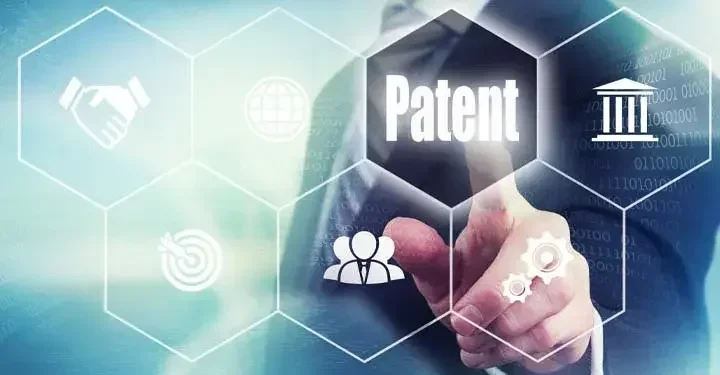Some inventors prefer to sell their invention rather than retain the patent to it. You can assign your patent at any time, including before the patent is approved. You can even assign future patent rights to an invention that isn't yet patented.

By assigning your rights to the invention upon filing for a patent, you can get paid for your invention immediately, rather than enduring the current two- to three-year wait from the United States Patent and Trademark Office (USPTO). In return, the purchaser, or assignee, receives your entire interest in the invention and can begin to profit from their investment.
Filing patent assignment applications
It isn't required that you record a patent assignment application with the USPTO, but most patent attorneys urge you to do so, as it provides a record of the transfer of ownership. Unlike in a copyright contract, only the assignor-inventor of a patent has to sign the form, while the assignee does not. If there are multiple inventors, all should sign the assignment form. Although it's not required, it's advisable to get the document notarized, as well as have witnesses to your signature.
Be sure to include an official USPTO cover sheet with your assignment form when you file.
Why assignees need inventors' signatures
An employee or independent contractor may have no choice but to assign patent rights to their employer. In some industries, such as companies involved in technical and science development, assignment of rights is often a requirement in hiring contracts: This may include a clause in the hiring agreement to assign all IP that is created in the scope of your work for the company. An employee who creates an invention during working hours or using company resources may expect their employer to actively seek their signature on a patent assignment to the company.
If an invention belongs to the employer company or to another assignee, it's important for the assignee to get signatures on a patent assignment document as soon as possible. Some of the reasons for doing so include that the inventor might:
- Move and can't be located
- Have ill will towards the company, due to being fired or other such situation
- Pass away
- Be one of several inventors, so the company has to search for all inventors at a later date
- Become incapacitated and unable to sign at a later date
- Have no incentive to sign in the future
- Have the patent tied up in a divorce
Getting signatures on a patent assignment shows that the company has clear title to the patent, which can provide assurance to investors and lenders that the company owns the patent free and clear of others' claims. The IP assignment clause makes it so the IP is assigned at creation; the signatures on the assignment and recording it at the PTO are steps that provide acknowledgement to others, but the assignment still exists even if not filed with the PTO.
Assignment of a provisional patent
You can assign a provisional patent just like you would a nonprovisional, or utility, patent, which is one that has already been issued. A provisional patent, on the other hand, has not yet been issued but instead holds your place in line for a year before filing a utility application, which can be much more expensive. A provisional patent shows you've invented something unique that you're still working on. The language “patent pending" describes any open application, whether it be for a provisional or nonprovisional patent.
Conversion of a provisional patent to a utility patent must occur within 12 months after filing the provisional patent. Patent attorneys also often advise assigning a provisional patent for the same reasons they advise getting inventors' signatures right away.
Although you may find it more beneficial to retain ownership of the patent, there are cases where assignment is more advantageous. Before you assign your patent, be sure to understand all the implications in doing so.


